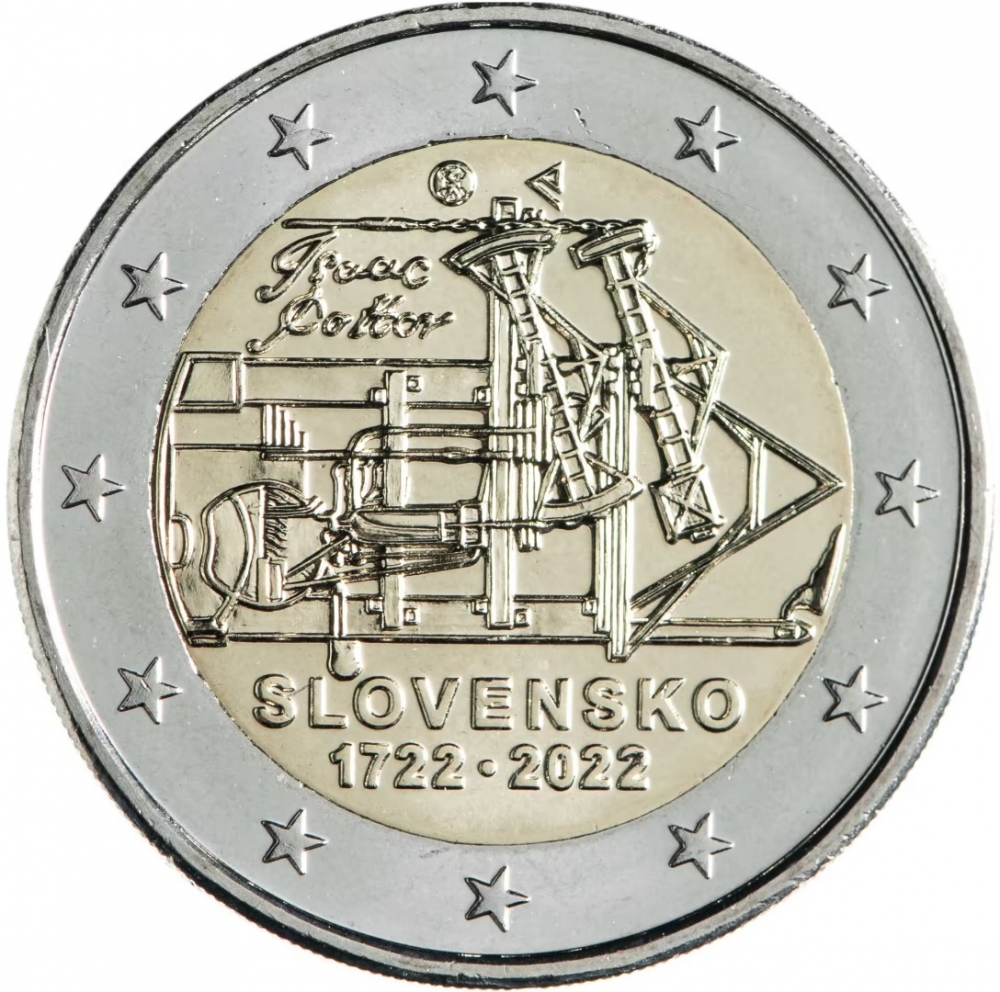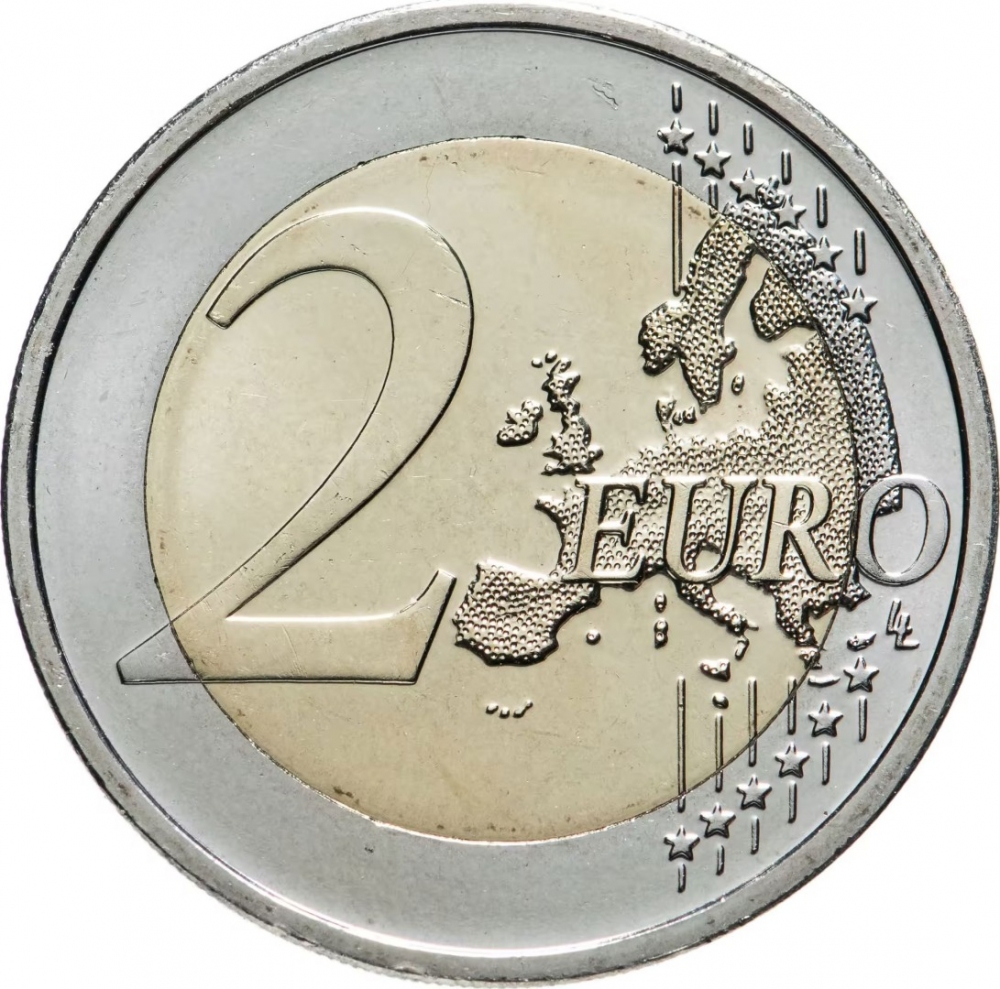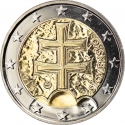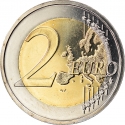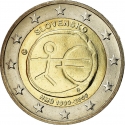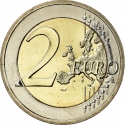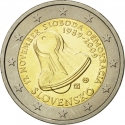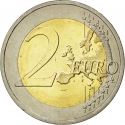You are about to finish your registration. Please check your mailbox (including spam folder). There should be a letter with a confirmation link. Check setting to make sure that your e-mail address is correct.
Send letter againDescription
The atmospheric engine was invented by Thomas Newcomen in 1712 and is often referred to simply as a Newcomen engine. The engine was operated by condensing steam drawn into the cylinder, thereby creating a partial vacuum that allowed the atmospheric pressure to push the piston into the cylinder. It was the first practical device to harness steam to produce mechanical work. Newcomen engines were used throughout Britain and Europe, principally to pump water out of mines.
Isaac Potter (1690-1735) was an English engineer and designer. Potter was recruited by Joseph Emanuel Fischer to travel to Austria to construct Newcomen engines. The silver mines of the Austrian Monarchy were constrained by flooding. The waterwheels had reached their technical limits, and water supply was limited. A successful transfer of technology saved the Habsburg state from bankruptcy: the steam engine replaced waterwheels in the battle against pit water.
The first atmospheric steam engine of the Monarchy was constructed in 1721 in Königsberg bei Schemnitz in what is now Slovakia. In the following year, another was constructed at the Schwarzenberg Palace. Both engines were built by Isaac Potter and Joseph Emanuel Fischer von Erlach. Potter improved the control of the engine imported from England and from 1730 he successfully built further installations in the Slovakian coalfields.
Obverse

|
The artistic design is based on a technical drawing by the author of the machine - the English technician Isaac Potter, which he captures in a distinctive linear scheme. The image is so clear that it can revoke the operation of the mechanism in the entire height of the mining work. PV |
|---|---|
Reverse

|
A geographical map of Western Europe spans the outer ring and inner core on the right side of the coin. The inscription 2 EURO is superimposed over the map of Europe, with the numeral “2” located in an open field representing the eastern Atlantic Ocean. 2 EURO |
| Edge |
Slovak Republic in Slovak with two stars and linden leaf between ★ SLOVENSKÁ REPUBLIKA ★ |
Swap now (1 offer)
Characteristics
| Type | Commemorative Issue (Circulating) |
| Material | Bi-Metallic |
| Ring | Cupronickel |
| Center | Nickel Brass |
| Weight | 8.5 g |
| Diameter | 25.75 mm |
| Thickness | 2.2 mm |
| Shape |
|
| Alignment | Medal |
| Mint |
Kremnica Mint (MK)
|
Related coins
10th Anniversary of the European Monetary Union and the Introduction of the Euro
